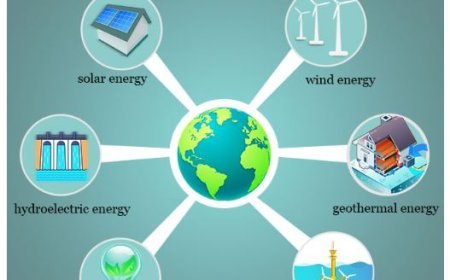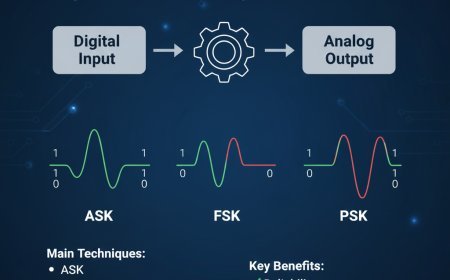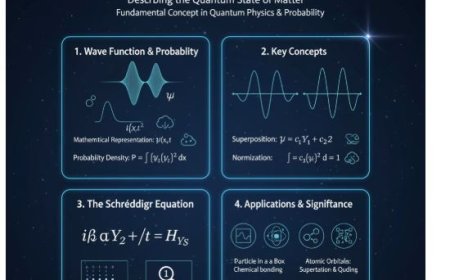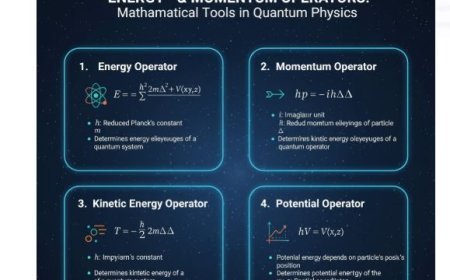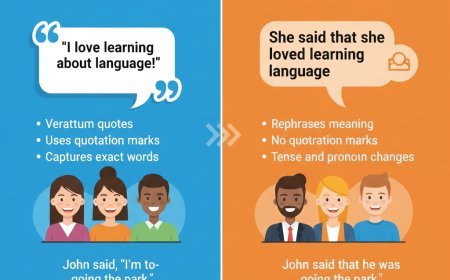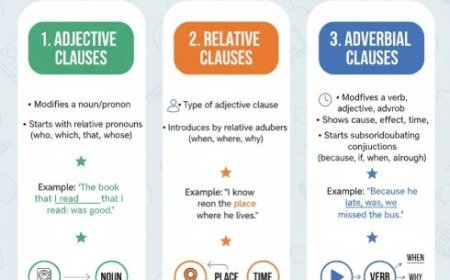Spin Dependence of Nuclear Forces
Summary: This article discusses the role of spin in nuclear forces, explaining how nucleon spin alignment affects nuclear interactions, binding energy, and models like the shell model.
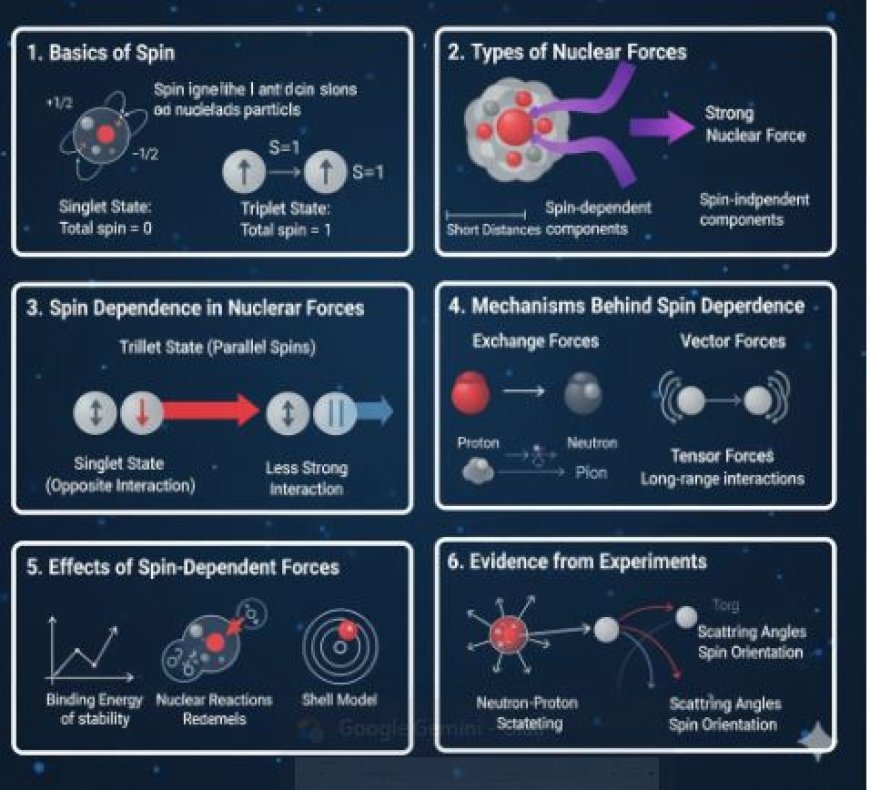
Spin Dependence of Nuclear Forces
Introduction
Nuclear Forces
- Nuclear forces are the fundamental interactions between protons and neutrons in an atom. Understanding these forces is crucial for studying how atomic nuclei are structured, their behavior, and their stability.
Spin in Nuclear Forces
- Spin is a fundamental property of particles, representing a form of intrinsic angular momentum. It plays a key role in nucleon interactions and determines the behavior of nuclear forces.
1. Basics of Spin
Definition of Spin
- Spin is a quantum property similar to angular momentum in classical physics.
- For nucleons, spin is quantized, meaning it takes discrete values
(either up or down).
Spin States
- Two nucleons can couple their spins in two ways:
- Singlet State: Total spin = 0 (opposite spins).
- Triplet State: Total spin = 1 (parallel spins).
2. Types of Nuclear Forces
Strong Nuclear Force
- The primary force that binds protons and neutrons together in the nucleus.
- Operates over very short distances
Components of Nuclear Force
- Spin-dependent components: Forces that vary with nucleon spin alignment.
- Spin-independent components: Forces that do not change with spin alignment.
3. Spin Dependence in Nuclear Forces
Definition
Spin-dependent forces vary based on whether nucleon spins are aligned (parallel) or opposite (anti-parallel).
- Triplet State (Parallel Spins):
- Nucleons experience stronger attraction.
- Singlet State (Opposite Spins):
- Nucleons interact less strongly.
4. Mechanisms Behind Spin Dependence
Exchange Forces
- Involves the exchange of mesons, such as pions.
- Spin-orbit coupling plays a role in how nucleons interact based on spin alignment.
Vector and Tensor Forces
- Vector Forces: Depend on spin alignment and influence nucleon interactions.
- Tensor Forces: Affect long-range interactions between nucleons and are essential for understanding spin correlations in multi-nucleon systems.
5. Effects of Spin-Dependent Forces
Binding Energy
- The spin alignment of nucleons influences their binding energy, affecting nuclear stability.
Nuclear Reactions
- Spin interactions impact reaction probabilities and outcomes, such as neutron capture.
Nuclear Models
- Spin dependence is a crucial factor in nuclear models, including the Shell Model, which describes nucleon arrangements in the nucleus.
6. Evidence from Experiments
Experimental Observations
- Scattering experiments reveal that nuclear forces vary depending on spin orientation.
Neutron-Proton Scattering
- Analyzing scattering angles provides insights into how nucleon spins influence interactions.
What's Your Reaction?









